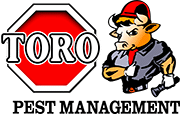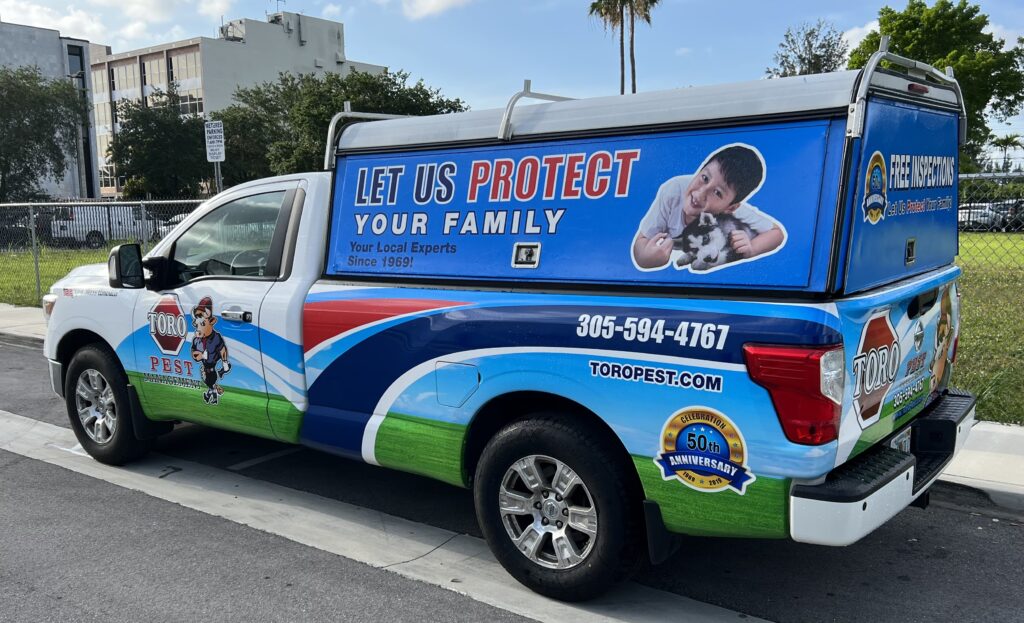Termite baits consist of cardboard, papers or other termite foods that are combined with a substance that is lethal to termites. If the bait is killed too quickly then the dead termites may accumulate in the vicinity of the base stations which increases the chance of avoidance by other termites.
Some homes may only have baits as a treatment, others may be integrated with liquid or with harmful chemicals.
How to get rid of them?
Termite chemicals – Termiticides.
The traditional method of controlling termites was to apply liquid pesticide which is known as Termiticide to the soil. Any termites which attempted to enter through the treated soil were either killed or repelled.
As it was very difficult to uniformly wet soil so this treatment included hundreds of gallons of solution injection into the ground. Considering that termites can tunnel through gaps in the soil.
There are various insecticides currently used by pest control operators for termite soil treatments. All are safe when used according to label directions. These insecticides can remain in the soil for 6-10 years.
Some of the termite treatment method:
- Release Nematodes: – These are parasitic worms that dine on termites. You can find nematodes at local pet stores or some chemical stores.
- Let the sunshine in: – If directly exposed to sunlight can kill them. You can carry logs, furniture exposes directly to the sunlight thereby killing the termites and preventing their spreads.
- Botanical treatment: – Usage of orange oil which contains d-limonene, the termites would be killed as soon as it touches them.
- Sprinkle borates: – Sodium borate can kill termites easily. If you sprinkle it on the infected area. You can also make a solution of the powder and the water and can spray on the painted or the affected area
According to a recent survey, the particular termite bait stations should be monitored every 3 months. Timing for every inspection is very important. If you miss the opportunity to expose termites to the bait when they do maximum damage then you have to abandon the stations and the process will fail.
If we expose few termites in the station to the bait then we can easily eliminate thousands of termites in their colony. Termites move in their nest and between stations and expose more termites with the same chemical. This will lead to the elimination of the entire termite colony.
Termites bait station should be checked every 4 weeks minimum and 3 months at max. If we delay then these insects will destroy the internal portion of wood and whole inspection and treatment will be of no use.
Each station is equipped with a barcode and QR code with which we can track the progress of the termite bait system and act accordingly. If you place stations too far apart then it will create a risk. A three-meter gap is enough to protect the whole perimeter of the house.
Worried About Termite Damage? You Should be.
Usually, you don’t see termites or the damages they cause until it’s too late. In fact, the annual cost of termite damage to buildings in the US is more than $5 billion- greater than that of fires, hurricanes and tornadoes combined.
The Best Solution? Sentricon® System
The Sentricon System starts protecting your property the minute it is installed. Termites are attracted to the bait and once consumed, lose the ability to eat, breed and survive.
The end result is the complete elimination of the colony, including the queen!



